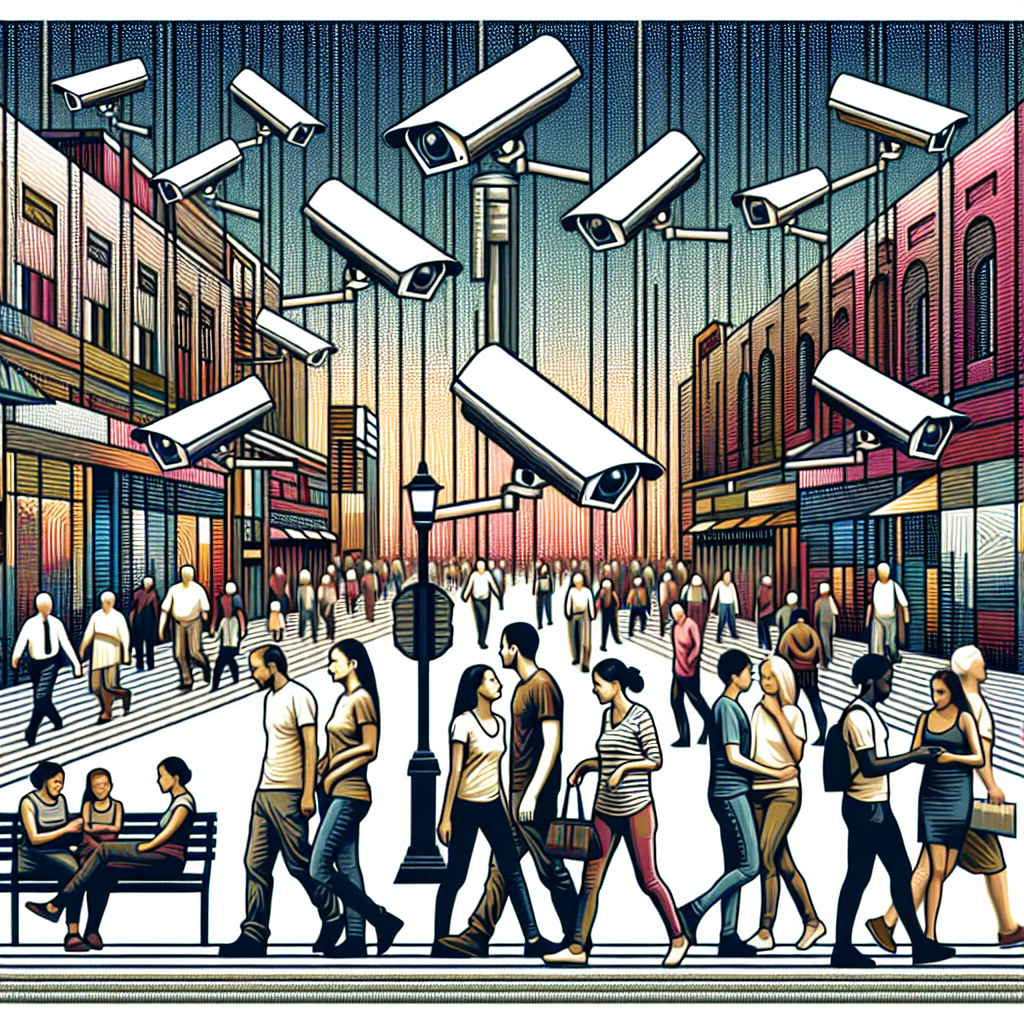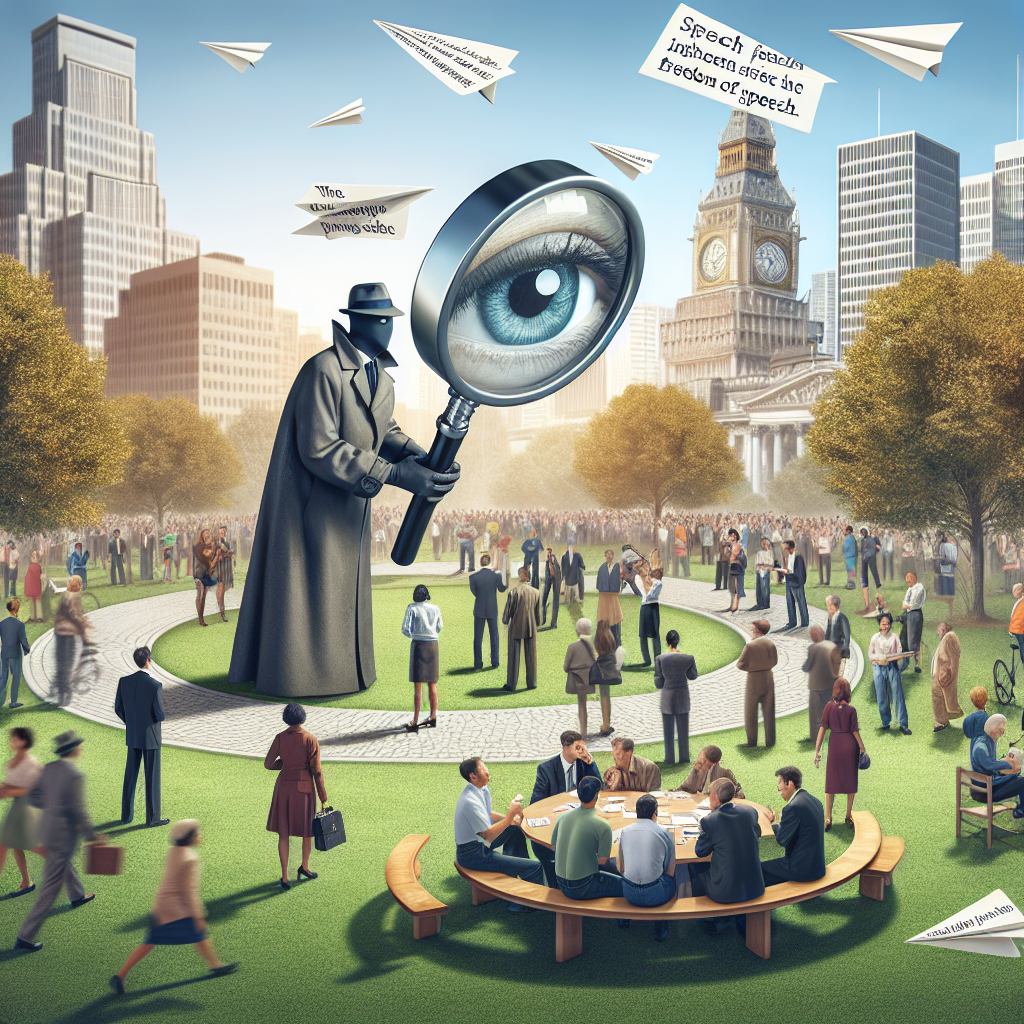Understanding Public vs. Private Sectors: Where Does the Government Draw the Line?
Defining the Terms: Public vs. Private
The delineation between public and private sectors is rooted in their foundational purposes and operations. The public sector encompasses government entities that provide services and regulate activities for the society at large. Examples include public schools, law enforcement agencies, and social welfare programs. Conversely, the private sector is composed of businesses and organizations that operate independently of government control, driven by profit motives. These include restaurants, tech companies, and retail stores.
Government’s Role in the Public Sector
The government plays a crucial role in overseeing and running public services. Through taxation, citizens finance public institutions and infrastructure. The government seeks to ensure accessibility to essential services like healthcare, education, and public safety, aiming for equitable access across socio-economic backgrounds. Regulatory frameworks, such as the Federal Trade Commission’s oversight and environmental regulations, are established to protect public interest, employee rights, and promote fair competition.
Private Sector Dynamics
The private sector is marked by competitive markets where businesses strive to meet consumer demands while maximizing profit margins. This sector is less regulated compared to the public sector, allowing for innovation and flexibility but raises questions about ethics and consumer protection. Corporations must adhere to various regulations such as labor laws, health and safety provisions, and environmental standards, aiming to align private incentives with public good.
Regulation and Oversight
Government regulation distinguishes what activities remain within the public domain and which fall under private jurisdiction. This regulation can manifest through industry standards, compliance checks, and legal frameworks governing practices and conduct. For instance, telecommunication companies must operate under Federal Communications Commission milestones, ensuring consumer protection against monopolistic practices.
Public Goods vs. Private Goods
Public goods are characterized by non-excludability and non-rivalry in consumption. This means that one individual’s use does not hinder another’s access. Classic examples include national defense and public parks. Governments frequently provide public goods since markets may underproduce them due to the free-rider problem. In contrast, private goods are excludable and rivalrous, leading motivated businesses to produce them, ensuring efficiency tied to a profit motive.
Case Examples of Overlap
Several sectors demonstrate a fascinating interplay between public and private, provoking discussions about government boundaries. Consider healthcare. Countries like Canada maintain a predominantly public healthcare system, ensuring universal access, while the United States operates a mixed model combining public programs (Medicare, Medicaid) with extensive private insurance options. Here, the government’s role in regulation, pricing, and healthcare access shapes the societal implications of healthcare delivery.
Education also presents a compelling discussion point. Publicly funded schools provide free education, while private schools operate on tuition and provide varied curricular options. The balance between offering equitable education and allowing private institutions to flourish exemplifies the tension between public need and private execution.
Privatization Trends
Over time, many governments have pursued privatization initiatives aimed at increasing efficiency and reducing public spending. Privatization can involve selling state-owned enterprises or outsourcing service provision to private firms. While proponents argue that privatization leads to greater efficiency, critics highlight the risks of prioritizing profit over public welfare, especially in sectors such as water supply and waste management.
The Line of Intervention: When Does Government Step In?
The threshold at which the government intervenes into private operations often relates to public safety, welfare, or the health of the economy. For instance, antitrust laws exist to prevent monopolistic practices among private companies, thus preserving a competitive market landscape. Environmental regulations are another area where the government steps in, ensuring that private businesses do not harm public land, air, and water quality.
Determining the Public Interest
What constitutes the public interest is often a subject of heated debate. Public opinion, social norms, and political ideologies shape government perspectives on this. For example, the debate surrounding internet privacy and security raises questions about the government’s responsibility to intervene in private companies’ practices to protect consumers versus maintaining a laissez-faire approach.
Balancing Act: Transparency and Privacy
Transparency in both public and private sectors remains paramount. Governments project trustworthiness through clear reporting, while corporations face scrutiny over data handling and privacy policies. The implementation of legislation like the General Data Protection Regulation (GDPR) in Europe exemplifies governmental authority over private data management practices, reinforcing the government’s role in protecting citizens’ rights even in private scenarios.
Economic Impact of Public vs. Private Dynamics
The interplay between public and private sectors significantly influences economic conditions. Economic downturns can lead to increased demand for public services, straining budgets while simultaneously pushing for private sector growth to absorb job losses. Therefore, government fiscal policies often reflect necessary adaptations to realign the balance between public service provision and private sector support, ensuring the economy remains resilient.
Social Responsibility: Corporate vs. Government Roles
Corporate social responsibility (CSR) has emerged as a primary focus in the modern business landscape. While companies engage in CSR initiatives aimed at bettering societal outcomes, the government retains a mandate to enforce regulations that ensure businesses operate ethically. The complexities of shared responsibilities between sectors include addressing environmental sustainability, workforce diversity, and fair trade practices, often leading to collaborative partnerships.
Conclusion: Navigating the Complex Landscape
Understanding the continually evolving relationship between public and private sectors requires ongoing exploration and discourse. As societal values shift, the government’s role in delineating the boundary between the two will likely adapt, reflecting changing priorities and emerging challenges. In this complex landscape, ongoing dialogue between citizens, businesses, and government entities remains critical for framing effective policies that serve the public good and foster a thriving economy.













Leave a Reply